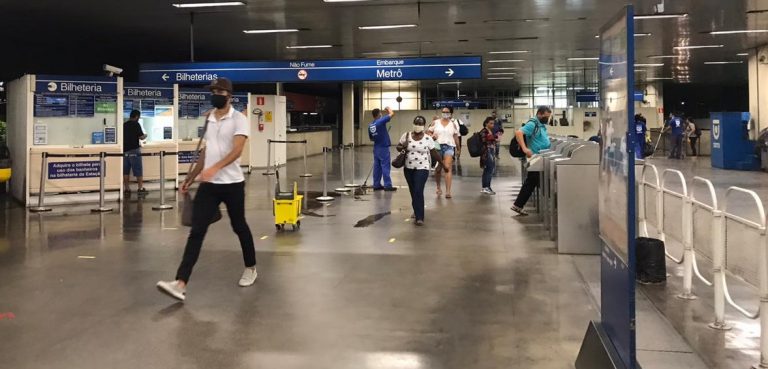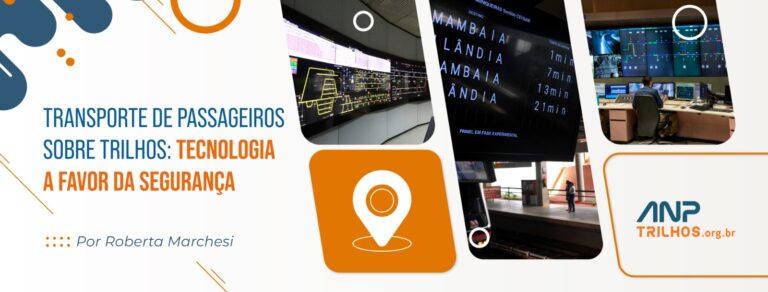By Roberta Marchesi*
Brazil has elected a new president and with it the expectation of a more liberal administration of concessions to the private sector for large infrastructure projects as a way to leverage important sectors of the economy, such as urban mobility, especially rails.
During the first six months of the year, what was glimpsed in this area was the search for private funding as a way to finance the advance of rail networks throughout the country, which was already expected by the sector. Progress was made in the presentation of concession and public-private partnership (PPP) projects, in the area of project structuring and incentive to fleet modernization.
The State is prioritizing PPP and concession projects by strengthening the Advance Cities Program, from the Ministry of Regional Development (MDR), and the Project Structuring Fund (FEP), which is run by the Investment Partnership Program (PPI), which approved the privatization of the Companhia Brasileira de Trens Urbanos (CBTU) and the Porto Alegre Urban Train Company (Trensurb), both managed by the Federal Government. An important action for the sector was the launch of Retrem Program, a specific fleet renewal plan for rail mobility, which, if effective, will keep the subway industry in the country alive.
In the same way, the states also have sought in private enterprise an alternative to increase investments in urban railways. The governments of the Federal District and Goiás, with the support of the State, are joining efforts to structure Brasilia-Luziânia train, which had the first tests performed this first semester of the year.
In the Federal District, two Calls for Expression of Interest (PMI) were launched, one for Light Rail Vehicle in central Brasilia and another for the concession of the current subway system. On the other hand, the Government of São Paulo worked on the structuring of a program of concessions and partnerships, which aims to launch the announcement of the concession of lines 8-Diamond and 9-Emerald of t Companhia Paulista de Trens Metropolitanos (CPTM), scheduled for the 2nd half. At the same time, Bahia remains firm in the development of its rail network and has signed the PPP contract for the implementation of the monorail system in Salvador, the state’s capital.
For the second semester, expectations revolve around the results of the work that has just begun. The main actions expected are: the approval of companies that will perform the studies for the Brasilia Metro concession; the launching of CPTM concessions for line 8/9 and line 7 CPTM with the InterCities Train; the beginning of the works on the Bahia monorail; and the advancements of the Brasilia-Luziânia train.
With great attractive for concessions and PPPs, urban rail transport still needs to move ahead with its regulatory framework to provide greater legal certainty for future investments. Other issues that are urgent but not yet included in the government agenda are the definition of the structuring of guarantees and the editing of a National Mobility Strategic Plan, which sets out the priority projects for the country.
The National Association of Passenger Rail Operators (ANPTrilhos), Brazilian entity that gethers the subway and rail operators, follows the initiatives for the sector, which has been following the line proposed by the State to expand private participation in rail infrastructure projects. The same premise is being followed by states, not for partisan politics but for low investment capacity. ANPTrilhos expects that in the second half of the year results may start to appear, generating increased economic activity in the sector and the expansion of rail networks in our metropolises.
* Roberta Marchesi is Executive Director of the National Association of Passenger Rail Operators (ANPTrilhos), Master in Economics and Postgraduate in Planning, Budget, Management and Logistics.
Article published in Revista Ferroviária in the August 2019 issue.





